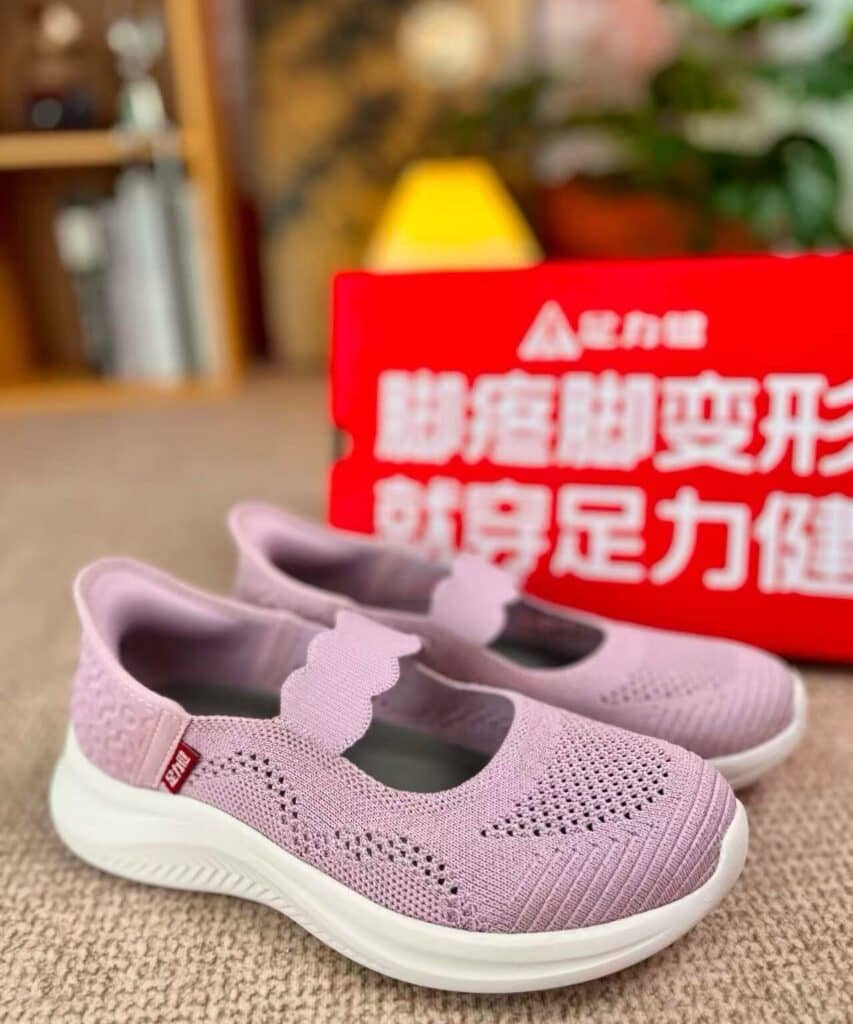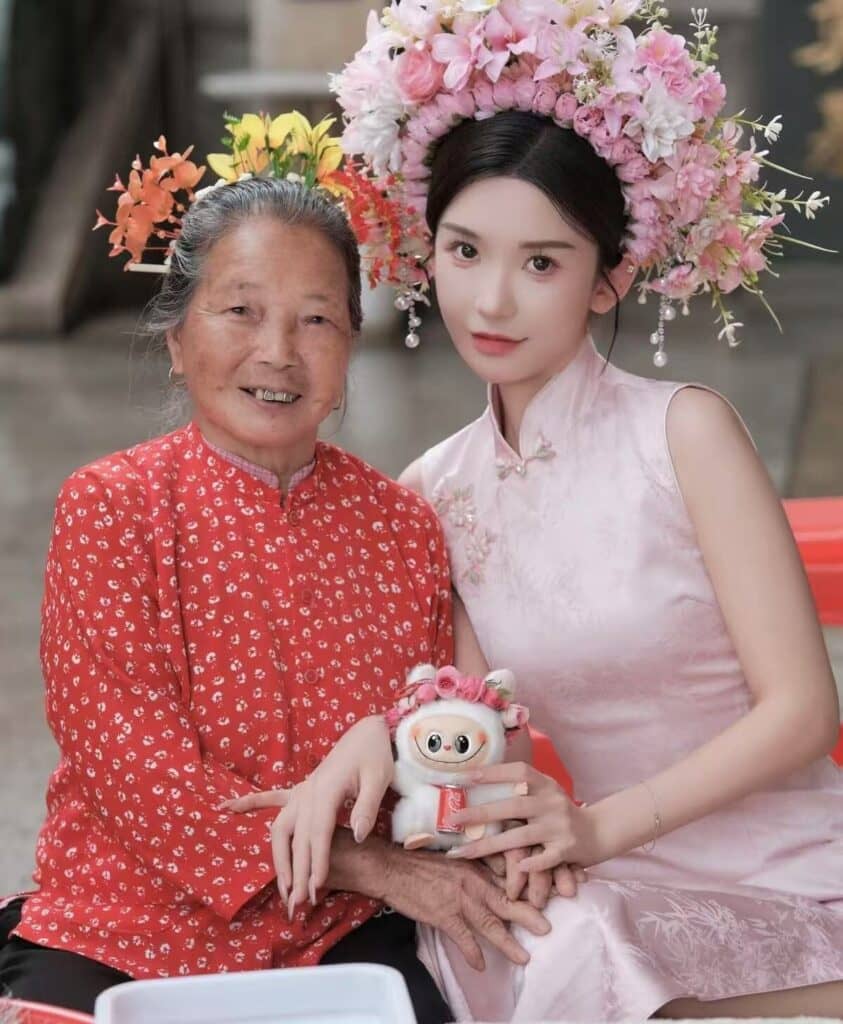China’s Silver Generation is Helping Legacy Domestic Brands Break Through
By
Anqi Wen

Published on
July 16, 2025


In recent years, as the post-1960s generation gradually enters retirement, China’s senior population,the silver generation, has once again emerged as a vital force in the consumer market. From high-end supplements and stylish apparel to preferences for in-store shopping and active engagement on social media platforms, this generation is redefining aging with renewed energy and presence.
The vibrant participation of this demographic is not only reshaping market dynamics but also giving legacy domestic brands a chance to reinvent themselves. According to national statistics, the spending power of China’s population aged 60 and above continued to grow in 2024, with annual consumption rising by over 8 percent. Many local brands are seizing new growth opportunities within the silver economy.
In this article, we take a closer look at the real-life consumption habits and community dynamics involving the silver generation and reassess the transformative power of the silver economy. At the same time, we explore how this “generation not defined by algorithms” is rewriting traditional market narratives and unlocking novel commercial possibilities.
A Generation not Defined by Algorithms
According to the latest data from China’s National Bureau of Statistics, by the end of 2024, the number of people aged 60 and over had exceeded 310.31 million (22 percent of the population), while those aged 65 and over reached 220.23 million (15.6 percent). As the demographic shift toward aging accelerates, the post-60s generation is becoming an essential force in China’s structural consumption upgrade.
JD Research Institute’s 2024 Silver Generation Consumption Report reveals that from January to September 2024, order volume from the silver generation rose by 238 percent year-on-year, and transaction value surged by 105 percent. The most significant growth areas were nutritional supplements, health appliances, and fashionable clothing.
Notably, 44.9 percent of older consumers are willing to pay for quality. From premium beauty products to pet accessories and medical services, these emerging preferences signal a shift from practicality-driven purchases to a focus on quality and experience. Their buying decisions are no longer rooted solely in necessity but reflect a proactive pursuit of lifestyle quality and holistic well-being. In many ways, this mirrors younger consumers’ “self-rewarding” mentality—though the motivations and expressions differ.

However, this doesn’t mean simply marketing to the silver generation through youth-oriented narratives will win them over. In fact, common messaging in the beauty and skincare industries—such as “anti-aging” and “reverse time”—is increasingly being replaced by “well-aging.” Framing youthfulness as the only aspiration ignores the core concerns of older consumers and may even alienate them through feelings of invisibility or stereotyping.

Thus, even as the population of the silver generation grows, many brands still fail to grasp its unique value. Rather than tagging the silver generation as another “youth segment,” brands should align with their lived experiences and build trust-based engagement models rooted in everyday life.
A New Pivot for Local Brands & a Revival for Shopping Malls
Zhang Jingkang, founder of domestic footwear brand Zulijian, once remarked, “Assuming seniors lack spending power is a misconception.” The silver generation is comprised of active consumers, but with a different decision-making logic. They prioritize real-life experiences, personal recommendations, and community word-of-mouth over social media hype or complex influencer content.

What’s particularly critical is the inherent trust the silver generation has in domestic brands. Having lived through China’s transition from a planned economy to a market economy, they have developed long-standing emotional and historical connections to these brands. In their consumption decisions, factors like familiarity, safety, and emotional resonance carry heft.
Today, traditional retail faces structural challenges due to e-commerce disruption and traffic saturation. However, senior shoppers are injecting new vitality into offline retail. According to a 2024 AgeClub survey, 64.1 percent of elderly consumers still prefer shopping in large-scale supermarkets. For them, physical stores are not just where items are purchased butpublic spaces for social bonding. Interaction with store staff and trying products in person are essential in building trust and a sense of security.
Forward-thinking malls are now redesigning experiences for silver generation shoppers. Partnerships with community colleges, wellness programs, and cultural classes have helped establish “silver-gen-friendly” consumption environments. These initiatives revive offline retail by fostering neighborhood ties and nurturing a sense of companionship, deeply aligning with older adults’ needs for socialization, health, and emotional well-being.
Meanwhile, their strong community bonds are also reflected online. According to Tencent’s Silver Digital Life Report, over 70 percent of senior users discover product information via Video Accounts and prefer validating and sharing this information with their families or social circles. Familiar social platforms like WeChat Channels, WeChat Moments, public square dance groups, and community forums are gradually replacing algorithm-driven recommendations as key arenas for consensus-building in the silver generation consumption.
Major e-commerce platforms are also adapting. Pinduoduo launched “Filial Orders,” Hema offers “Silver Meal Sets,” and both Taobao and JD.com have introduced “Elder Modes” with simplified interfaces, improved customer service, and voice navigation—lowering digital barriers and encouraging omnichannel shopping.
In this increasingly segmented market, one-size-fits-all “youth marketing” is no longer effective. It simply fails to resonate with senior consumers. Instead, brands must build long-term value systems based on trust, practicality, and emotional connection. This is not only a business opportunity—it marks a new starting point for retail transformation.
Redefining the Silver Narrative
Importantly, the silver generation are not just consumers—they’re becoming active creators of cultural expression and value. They participate on short video platforms, direct and star in their own content, and share talents and wisdom via livestreams, stepping into the public spotlight in bold new ways.
From the grandma who dressed Labubu with handmade hairpin flowers in Quanzhou’s fishing villages to 90-year-old vlogger Granny Meiying (“梅英阿嬷”) who’s gone viral with her self-discipline vlogs, more seniors are transforming from passive viewers to active storytellers. They showcase their aesthetics, preserve traditional crafts, and challenge outdated perceptions of aging—reshaping society’s understanding of what it means to grow old.

Brands that engage with the silver generation through in-person, community-based experiences are often better at building authentic trust. For example, FootJoy’s initiatives like “home shoe delivery,” “in-home try-ons,” and “community health clinics” have boosted store sales by around 30 percent through enhanced convenience. Viking Cruises also launched China’s first silver-gen-focused international wellness and education tour, featuring accessible facilities and Mandarin services to meet cultural and travel expectations.
In this context, physical retail should not focus solely on “youthfulness” or trends but instead, learn to respect diverse rhythms and cultural preferences, creating a multi-generational consumption ecosystem. Brands must reframe aging not as decline, but as a meaningful journey of self-actualization.
Conclusion
The silver economy presents both a demographic challenge and a strategic pivot for brands. It’s not just a rebranding of “old age,” but a new narrative of commercial inclusivity and cultural diversity. In this generation of consumers who defy algorithmic definitions, we may be witnessing a glimpse of the next frontier in China’s consumer market.
Stay Connected Through Our Weekly Newsletter












